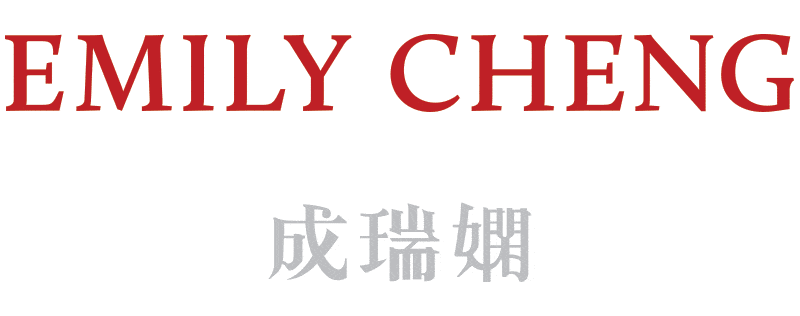Statement: Emily Cheng
World, wholeness, fragile beauty, celebration, center are some of the themes I am currently working with. I look around the world, and see amid chaos, its rich and complicated history. Its architecture and museums are full of cultural artifacts that leave visual clues to other civilizations and philosophies. A drape, cloud design, or flower from as recent as the 18th C. or as distant as 1000 BC are all testimonies to man’s drive to create order and leave synthesized expressions of meaning. I am struck by the clarity with which the drive of life continues to communicate. When I look at these imaginative artifacts, some speak to me, and form a kind of internal connection.
They inspire me to explore what they mean, as well as why and how they can continue to evoke in our time. I take these images, usually fragments, and orchestrate them in a way to express different internal states. The results are always surprising and sometimes even compelling. In order for this third form to take on a new and vivid life, it sometimes must be transformed or morphed so that its origin is now more remote, imbedded in the layers of the painting or drawing.
The images I use are often chosen for their gestures or expressions. The body no longer present leaves its trace. It can be seen in a 15th C. European ornament or a Zhou Dynasty Goddess.
It is the extension of the artist or craftsman’s hand, arm, and mind; but now reconfigured to service an entirely different purpose and context. Gesture can be freed from gravity creating a mental field, or it can be a reflection of the self, oriented vertically to the standing figure.
Some sources are chosen for their ability to express delicacy, excess, luxury, and equilibrium. The more excessive the offering the more rarefied perhaps the expression can be. While western romanticism is played out in passive states of longing, my paintings seek to offer a kind of personal recalibration.
